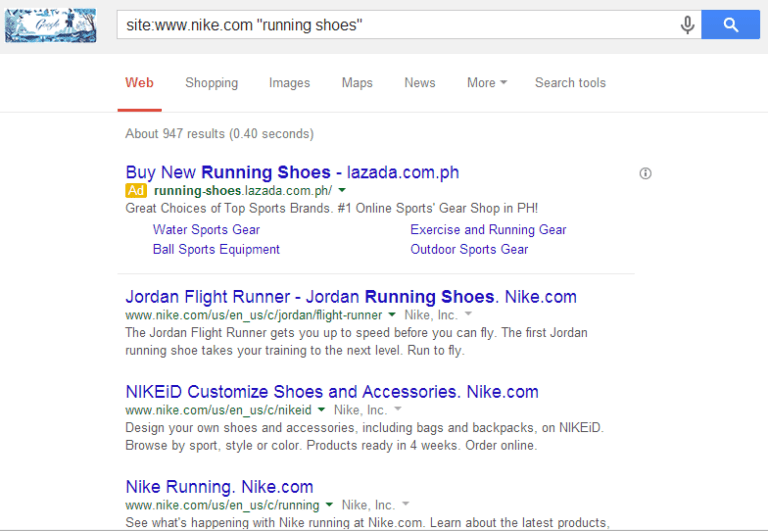Google & Bing Ranking in 2025: The Truth Behind the So-Called Conspiracy and How to Win at SEO

Search engine optimization (SEO) has come a long way since its early days of keyword stuffing and link trading. Fast-forward to 2025, and the landscape is almost unrecognizable. Despite countless updates, algorithm changes, and a growing dominance of paid ads, many website owners still ask: Why isn’t my site ranking?
The answer is often chalked up to a “conspiracy”—an idea that Google and Bing unfairly prioritize big corporations, pay-to-play content, and their own products. While it’s easy to feel this way, the reality is more nuanced and far more empowering once you understand the rules of the game.
This article explores the modern ranking ecosystem, breaks down how search engines function in 2025, and provides a detailed, actionable framework to thrive in today’s SEO environment—without falling for outdated tactics or misinformation.
1. The Evolution of SEO: From Hacks to Strategy
In the early 2000s, ranking on Google was relatively simple. Marketers gamed the system using keyword stuffing, doorway pages, and link farms. For a while, it worked. But as search engines matured, so did their algorithms.
By 2010, tactics began shifting. Google introduced Panda, targeting low-quality content. Then came Penguin, which cracked down on link spam. But the real turning point was Hummingbird in 2013, followed by RankBrain in 2015. These updates ushered in semantic search, where the context of a keyword mattered more than its repetition.
Today in 2025, SEO isn’t about chasing the algorithm—it’s about understanding it. And that means focusing on intent, relevance, and value.
2. Is There Really a Ranking Conspiracy?
Let’s address the elephant in the room.
Many business owners feel that no matter how hard they try, they can’t outrank large corporations or navigate the mysterious terrain of Google’s and Bing’s ever-changing algorithms. The perception that search engines are rigged in favor of advertisers isn’t entirely without merit—ads now dominate more real estate than ever, and search companies make billions from them.
But organic search still drives more than 50% of all website traffic. So while the game has changed, it’s far from unwinnable.
The catch? Ranking today isn’t about shortcuts. It’s about deeply understanding how search engines assess content, and how users interact with it.
3. The Core Function of Modern Search Engines
Search engines like Google, Bing, and even YouTube or TikTok Search are built on three essential software functions:
In 2025, all major search engines will have embraced semantic indexing and AI-powered ranking models that replicate human understanding of language. They no longer just match keywords—they understand concepts.
4. Understanding Algorithm Milestones: Panda, Hummingbird, RankBrain, and Beyond
To succeed in today’s SEO world, it’s crucial to know the key algorithm shifts that shaped the current landscape.
Panda (2011)
Targeted low-quality, thin, and duplicate content. It made “content is king” the new mantra.
Hummingbird (2013)
Introduced semantic search—the ability to understand user intent and contextual meaning behind queries.
RankBrain (2015)
Brought machine learning into search. Google could now interpret unfamiliar or complex queries using AI.
BERT (2019) and MUM (2021)
These language models allowed Google to better understand nuance, long-form queries, and multilingual intent.
Gemini (2024)
Integrated generative AI into search. Gemini introduced enhanced snapshots, AI overviews, and content summarization at the top of the page. Organic content that aligns with intent and structured information now appears more often in featured snippets and AI-generated results.
5. Semantic Search and User Intent: The Real Game Changer
Semantic search means that Google no longer prioritizes what you say, but what you mean.
Instead of focusing on keyword frequency, search engines look at:
This is why “keyword stuffing” is obsolete. Instead, you should be building semantic fields: clusters of related terms, questions, and concepts that help engines understand your content’s depth.
6. The Shift from Short Tail to Long Tail and Local Search
Ranking for single words like “shoes” or “lawyer” is no longer practical—especially for smaller brands. Why?
Instead, the gold lies in long-tail keywords like:
And for service businesses, local search is the key. With updates like Google’s Vicinity and the rise of Google Maps Pack results, location signals are essential.
Here’s why long-tail and local strategies work:
7. Tools That Power Keyword Research in 2025
Today’s SEO toolkit blends free and paid resources. Here are some of the most reliable tools in 2025:
LSIGraph
Ideal for generating LSI (Latent Semantic Indexing) keywords, helping you build semantic relevance.
Google Keyword Planner
Still relevant, though now integrated with AI suggestions based on search trends.
Ahrefs & SEMrush
Robust tools for keyword gap analysis, competitor research, and SERP feature tracking.
AlsoAsked, AnswerThePublic
Reveal real-world questions people ask—perfect for structuring FAQ content and earning featured snippets.
YouTube and TikTok Search Tools
Video SEO is now mainstream. Tools like TubeBuddy and TrendTok help optimize multimedia content for search visibility.
8. Practical On-Page Optimization Techniques
Here’s how to optimize your content and metadata for 2025:
Meta Titles
Meta Description
Header Tags (H1, H2, H3…)
Image Alt Tags
9. Content Strategy: Writing for Relevance, Not Robots
In 2025, content must do more than exist. It must:
Here’s how:
Content that earns rankings today is high-EAT:
Google’s Helpful Content Updates reward content that is original, actionable, and written by people for people.
10. The Role of Backlinks and Link Authority Today
Backlinks still matter—but not all links are created equal.
What works:
What doesn’t:
Build a natural backlink profile by:
11. How to Optimize for Local Search in 2025
Local SEO continues to grow as mobile and voice search explode. Here’s your local checklist:
Bonus: Use location-based schema markup to help Google connect your brand to local intent
12. Metrics That Matter: Analyzing and Refining SEO
Forget vanity metrics like pageviews. Focus on:
Use tools like GA4, Bing Webmaster Tools, and Hotjar to measure and iterate based on real behavior.
13. Outranking the Competition with Smart Strategy
It’s tempting to believe that Google and Bing are rigged against the little guys. But the truth is this: They reward the best experience for the user.
To succeed in 2025’s SEO landscape, stop playing defense.
Instead:
The “conspiracy” isn’t real—but the challenge of SEO is. And it’s one you can overcome with knowledge, effort, and the right strategy.










